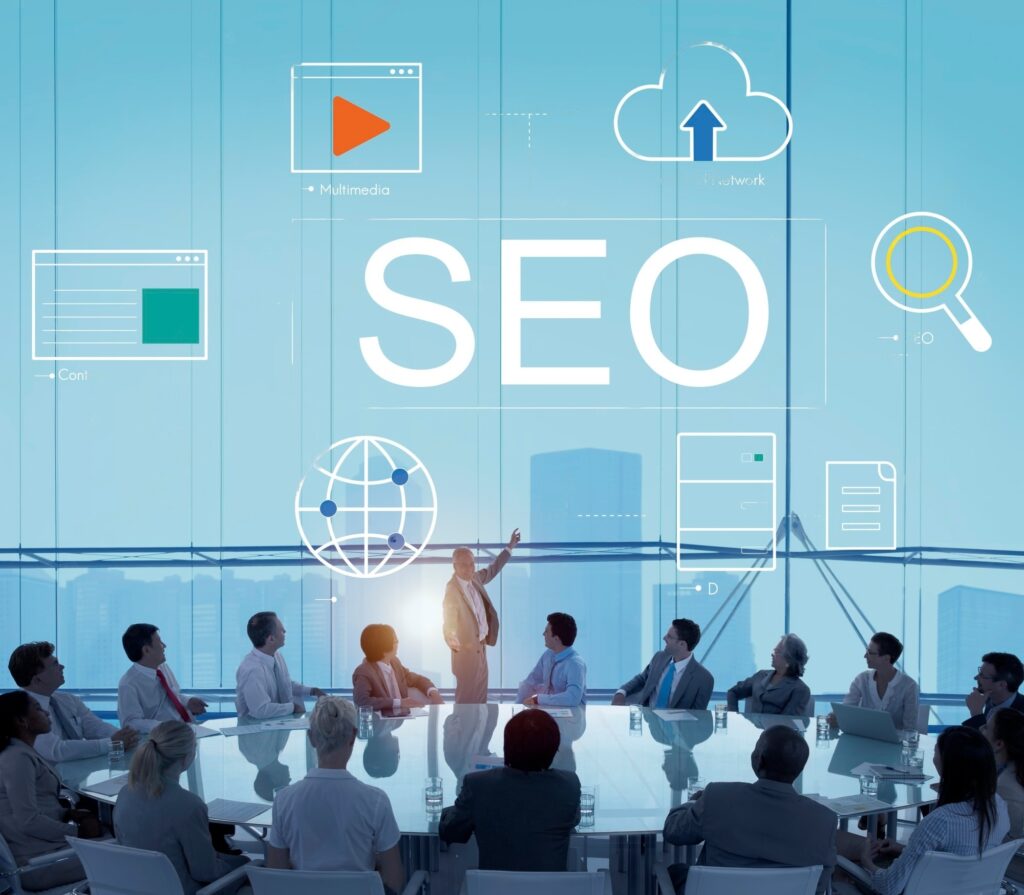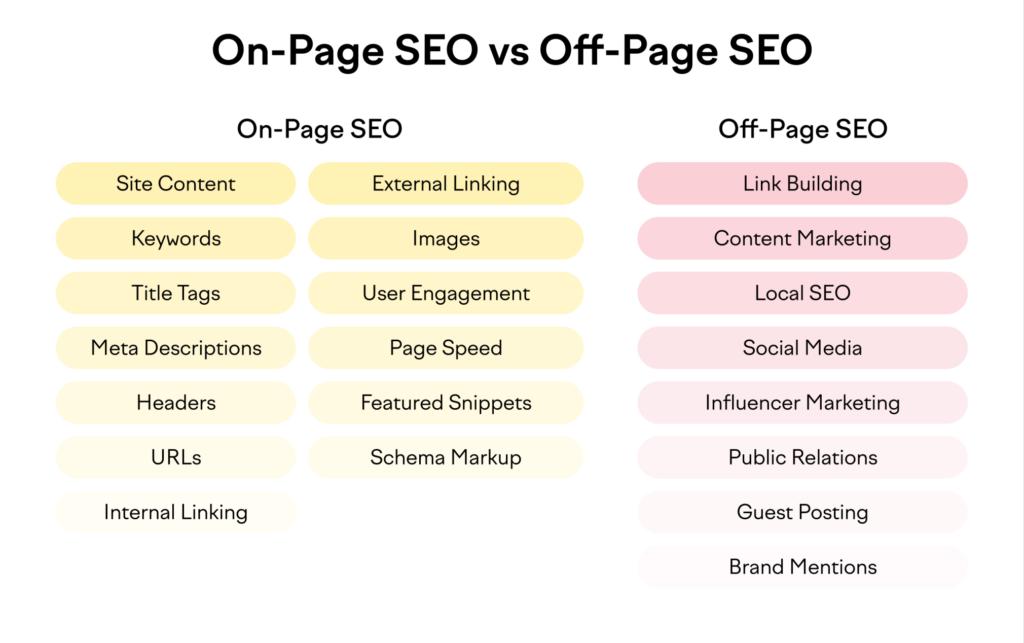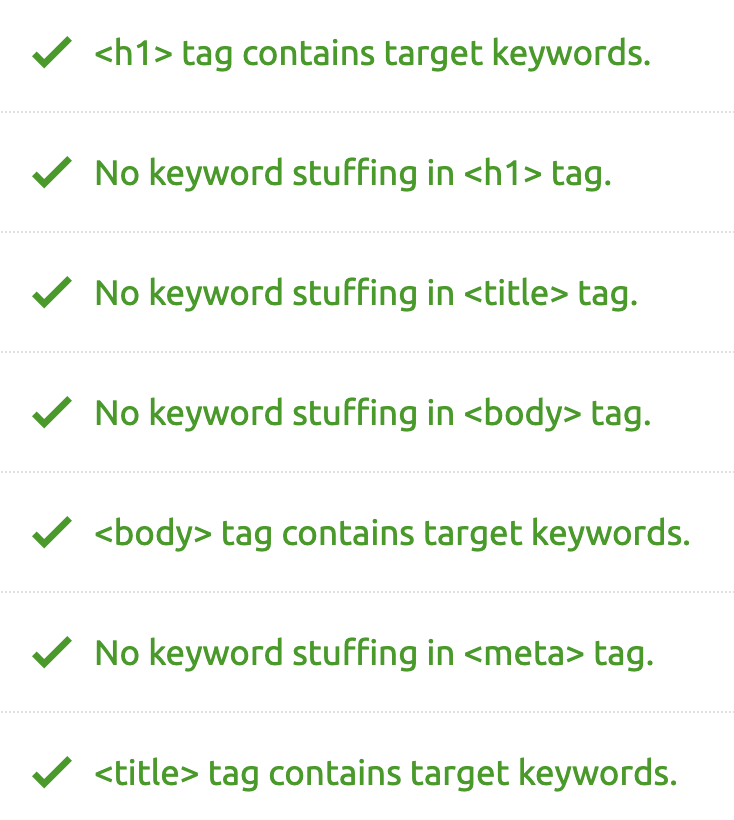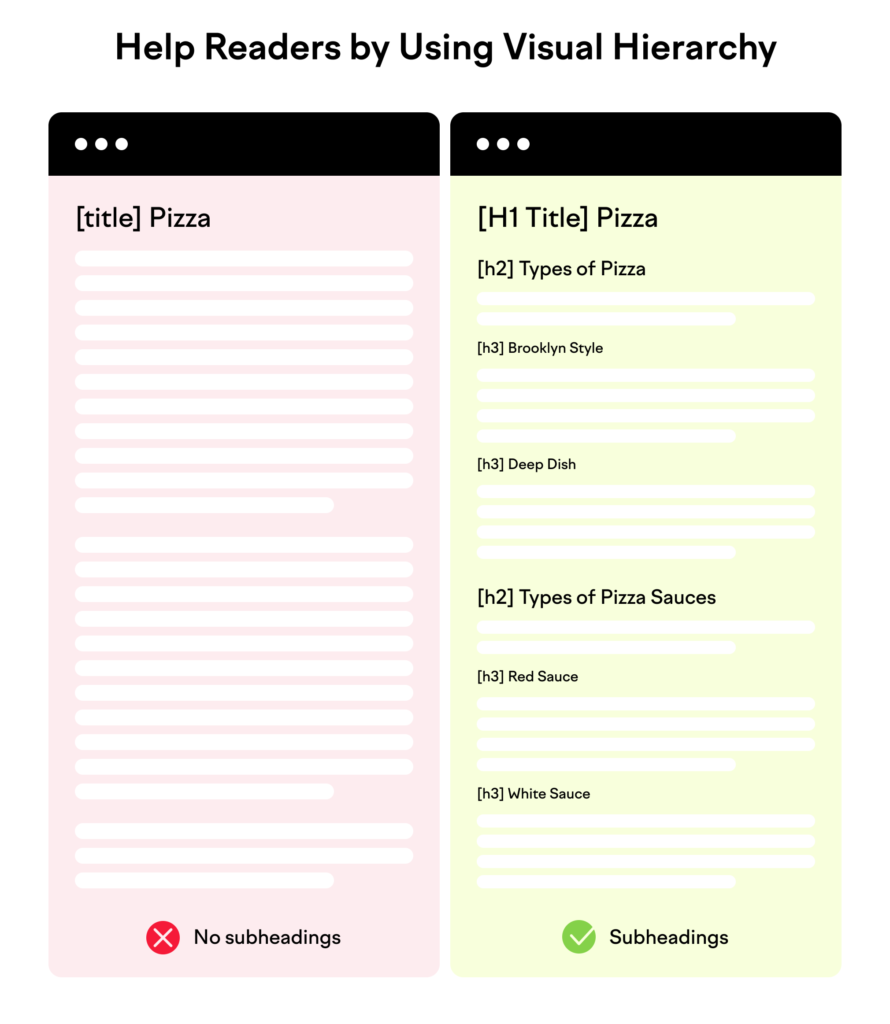
Introduction
In the ever-evolving landscape of digital marketing, one crucial aspect that continues to play a pivotal role in online success is search engine optimization (SEO). Specifically, on-page SEO has emerged as a fundamental strategy to optimize web pages for higher search engine rankings and provide an enhanced user experience. As digital marketing agencies seek to achieve maximum visibility and engagement for their clients, mastering the art of on-page SEO becomes paramount. In this article, we will delve into the key principles and strategies behind on-page SEO mastery, empowering digital marketing agencies to unlock the full potential of their clients’ web pages.
- The Significance of On-Page SEO: On-page SEO encompasses a range of techniques and practices that are implemented directly on a website to improve its visibility and relevancy in search engine results pages (SERPs). By optimizing various on-page elements such as meta tags, headers, content structure, and keyword usage, digital marketing agencies can boost their clients’ organic rankings, increase targeted traffic, and ultimately enhance conversion rates.
- Conducting Comprehensive Keyword Research: Keyword research serves as the foundation of successful on-page SEO. Digital marketing agencies must identify relevant keywords that align with their clients’ target audience and business objectives. By utilizing various keyword research tools, agencies can uncover valuable insights and discover low-competition, high-conversion keywords that will drive targeted traffic to their clients’ web pages.
- Crafting Compelling Meta Tags: Meta tags, including title tags and meta descriptions, play a crucial role in enticing users to click on search engine results. Digital marketing agencies must create unique and compelling meta tags for each web page, incorporating relevant keywords and offering a concise and enticing summary of the page’s content. By optimizing meta tags, agencies can improve click-through rates and attract qualified visitors to their clients’ websites.
- Creating Engaging and Optimized Content: High-quality, engaging content is at the core of successful on-page SEO. Digital marketing agencies should focus on producing informative, relevant, and original content that caters to both search engines and users. By incorporating targeted keywords naturally within the content, utilizing header tags, and structuring the information logically, agencies can optimize their clients’ web pages for search engines while delivering a seamless user experience.
- Optimizing Images and Multimedia: Images and multimedia elements not only enhance the visual appeal of web pages but also present opportunities for on-page SEO optimization. Digital marketing agencies should ensure that images are properly optimized with descriptive file names, alt tags, and compressed file sizes. Additionally, implementing schema markup for videos and other multimedia elements can provide search engines with valuable context, leading to improved visibility in search results.
- User Experience and Page Speed Optimization: Search engines prioritize user experience, making it vital for digital marketing agencies to optimize web pages for speed and usability. By optimizing page load times, minimizing server response time, and improving mobile responsiveness, agencies can ensure that their clients’ websites provide a seamless and enjoyable browsing experience. A positive user experience not only boosts rankings but also increases the likelihood of user engagement and conversions.
- Monitoring and Continuous Improvement: On-page SEO is an ongoing process that requires constant monitoring and optimization. Digital marketing agencies should regularly analyze the performance of their clients’ web pages, leveraging analytics tools to identify areas for improvement. By conducting A/B testing, refining content, and adapting to search engine algorithm updates, agencies can continuously enhance their on-page SEO strategies and maintain a competitive edge.

What Is On-Page SEO?
On-page SEO, also known as on-site SEO, involves the optimization of webpage content to enhance its visibility on search engines and improve user experience. Common tasks associated with on-page SEO include optimizing for search intent, refining title tags, managing internal links, and shaping URLs.
Search engines, such as Google, analyze a page’s content to determine its relevance to a user’s search query. If a search engine deems a page valuable to the user, it will rank the page higher in search results.
Below, we will explore various techniques for optimizing your website’s on-page SEO. But first, let’s differentiate between on-page SEO and off-page SEO.
What’s the Difference Between On-Page SEO and Off-Page SEO?
On-page SEO encompasses actions taken within a webpage to enhance search engine rankings. In contrast, off-page SEO involves optimization efforts external to the webpage, such as backlinks, social media, and PR.
Both on-page and off-page SEO are crucial components of a comprehensive SEO strategy. However, on-page SEO provides greater control, making it an ideal starting point for building your SEO strategy.

Why Is On-Page SEO Important?
Search engines rely on keywords and other on-page SEO elements to determine the relevance of a page to a user’s search query. When the page aligns with user intent and provides valuable content, Google is more likely to display it in search results.
In essence, Google places significant emphasis on on-page SEO signals when ranking pages. Although Google’s algorithm evolves, it continues to prioritize user experience and emphasizes the importance of “people-first content.” This underscores the significance of creating valuable content that aligns with user intent.
Now, let’s delve into how you can update your content to adhere to on-page SEO best practices.
10 On-Page SEO Optimization Techniques for Your Website
Here are the key on-page optimization techniques to consider:
- Craft Unique and Valuable Content Creating high-quality content that addresses your audience’s search intent is a fundamental on-page SEO step. Initiate the process by conducting keyword research to identify relevant topics and target keywords.

Strategically Position Target Keywords Once you’ve identified your target keywords, strategically integrate them into your content. Key areas to include these keywords are in the H1 tag, the first paragraph, and subheaders (H2s, H3s, etc.).
Compose Keyword-Rich Title Tags Title tags, which appear in search engine results, play a pivotal role in enticing users to click on your page. Craft concise title tags (around 50-60 characters) that incorporate your target keywords.

Create Compelling Meta Descriptions Meta descriptions, though not a direct ranking factor, influence user click-through rates. Craft meta descriptions that are concise, include your target keyword, and encourage users to click on your page.

- Optimize URLs Simplify your URLs by using relevant words that convey the content’s topic. Including your target keyword in the URL provides further context to both users and search engines.
- Incorporate Internal Links Internal links, which point to other pages within your site, help search engines understand your site’s structure, navigate to new pages, and signal the value of linked-to pages.
- Include External Links External links, pointing to authoritative external sources, enhance user experience and build trust. While their direct impact on rankings may be debated, providing value to users is paramount.
- Enhance Images and Optimize Alt Text Including images in your content can increase visibility in Google Images search results. Optimize images by writing descriptive alt text and using relevant file names.
- Improve User Engagement Google considers user engagement metrics like dwell time and bounce rate when ranking pages. To enhance engagement, ensure important content is visible “above the fold,” use skimmable formatting, and include relevant CTAs.

Advanced On-Page SEO Tactics Once you’ve mastered the fundamentals, you can explore advanced on-page SEO techniques:
- Optimize for Page Speed Page speed is a confirmed ranking factor, and optimizing it is crucial. Utilize tools like Google’s PageSpeed Insights to assess performance and make improvements.
- Target Featured Snippets Featured snippets appear at the top of search results and can boost click-through rates. Identify keywords with featured snippets, format your content accordingly, and strive to secure the coveted “position zero.”
- Implement Schema Markup Schema markup enhances search engine understanding of your content. It can result in rich snippets in search results. Implement schema markup relevant to your content type, such as reviews, products, events, and more.
Conclusion
In the competitive realm of digital marketing, on-page SEO mastery is an indispensable skill for driving organic traffic, enhancing user experience, and achieving higher search engine rankings. By understanding the principles and implementing the strategies outlined in this article, digital marketing agencies can harness the power of on-page SEO to optimize their clients’ web pages effectively. With dedication, ongoing monitoring, and continuous improvement, agencies can position themselves as leaders in the ever-evolving field of digital marketing and deliver exceptional results for their clients.
If you are looking to buy one click here, contact us here
Follow us on Instagram
